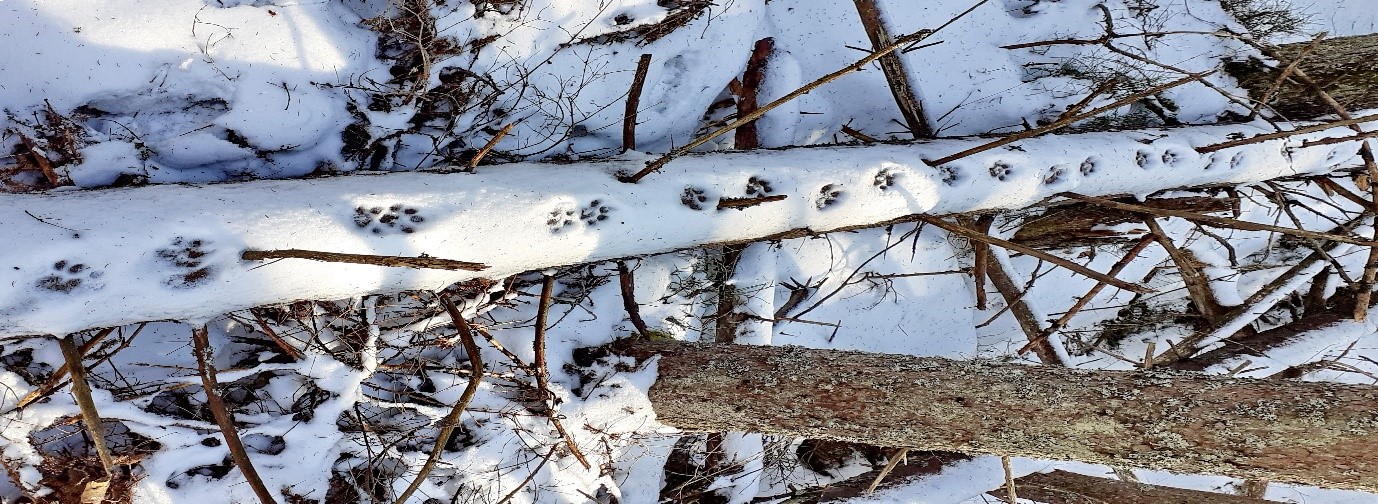Biogeography

Biogeography, the study of the distribution of species and ecosystems in geographic space and through geological time, is a critical spectrum within physical geography because it bridges the biological and physical sciences, examining the spatial patterns of biological diversity and the processes that drive them, from past events to current ecological dynamics.
One of the key importances of biogeography in physical geography is its role in understanding how the Earth's physical features, such as climate, topography, and soil types, influence the distribution of life. It helps in elucidating how geographical barriers like mountains, rivers, and oceans shape the genetic diversity and evolution of species by facilitating or impeding their movement and interaction. This insight is crucial for reconstructing the historical biogeography of continents and regions, allowing scientists to trace the movement of species and the development of biodiversity over geological time scales.
Furthermore, biogeography is indispensable in the study of ecosystem dynamics and biomes, the large ecological units defined by their characteristic vegetation and adapted to specific climate conditions. It provides the tools to map and classify these biomes, understanding their global distribution and the factors that may cause shifts in their boundaries, such as climate change. This knowledge is essential for predicting changes in biodiversity patterns in response to global warming, habitat destruction, and other environmental changes.
Recent projects:
- Connectivity concept in karst: the doline-cave coupling in the context of human impacts - Slovenian Research and Innovation Agency - 2020-2024
Recent outputs:
- Čonč, Š., Oliveira, T., Belotti, E., Bufka, L., Černe, R., Heurich, M., Breg Valjavec, M., Krofel, M. 2024: Revealing functional responses in habitat selection of rocky features and rugged terrain by Eurasian lynx (Lynx lynx) using LiDAR data. Landscape Ecology 39, 121. https://doi.org/10.1007/s10980-024-01923-y
- Čonč, Š., Oliveira, T., Hočevar, L., Černe, R., Breg Valjavec, M., Krofel, M. 2024: Integrating geodiversity in animal spatial ecology: microhabitat selection of Eurasian lynx (Lynx lynx) and European wildcat (Felis silvestris) in a karst landscape. Global Ecology and Conservation 54, e03138. https://doi.org/10.1016/j.gecco.2024.e03138
- Čarni, A, Čonč, Š, Breg Valjavec, M (2022). Landform-vegetation units in karstic depressions (dolines) evaluated by indicator plant species and Ellenberg indicator values. Ecological indicators : integrating monitoring, assessment and management, 135, doi: https://doi.org/10.1016/j.ecolind.2022.108572
- Čonč, Š, Oliveira, T, Portas, R, Černe, R, Breg Valjavec, M, Krofel, M (2022). Dolines and cats : remote detection of karst depressions and their application to study wild felid ecology. Remote sensing, 14, doi: https://doi.org/10.3390/rs14030656
- Breg Valjavec, M, Čarni, A, Žlindra, D, Zorn, M, Marinšek, A (2022). Soil organic carbon stock capacity in karst dolines under different land uses. Catena, 218, doi: https://doi.org/10.1016/j.catena.2022.106548
- Lipar, M, Zupanič Pajnič, I, Cotman, M, Zabavnik Piano, J, Zhao, J-x, Pekarovič, D, Leskovar, T (2020). DNA, spectroscopic and geochemical analyses of bone fragments and associated speleothems in Postojna Cave, Slovenia. Acta Carsologica, 49, doi: https://doi.org/10.3986/ac.v49i2-3.7970